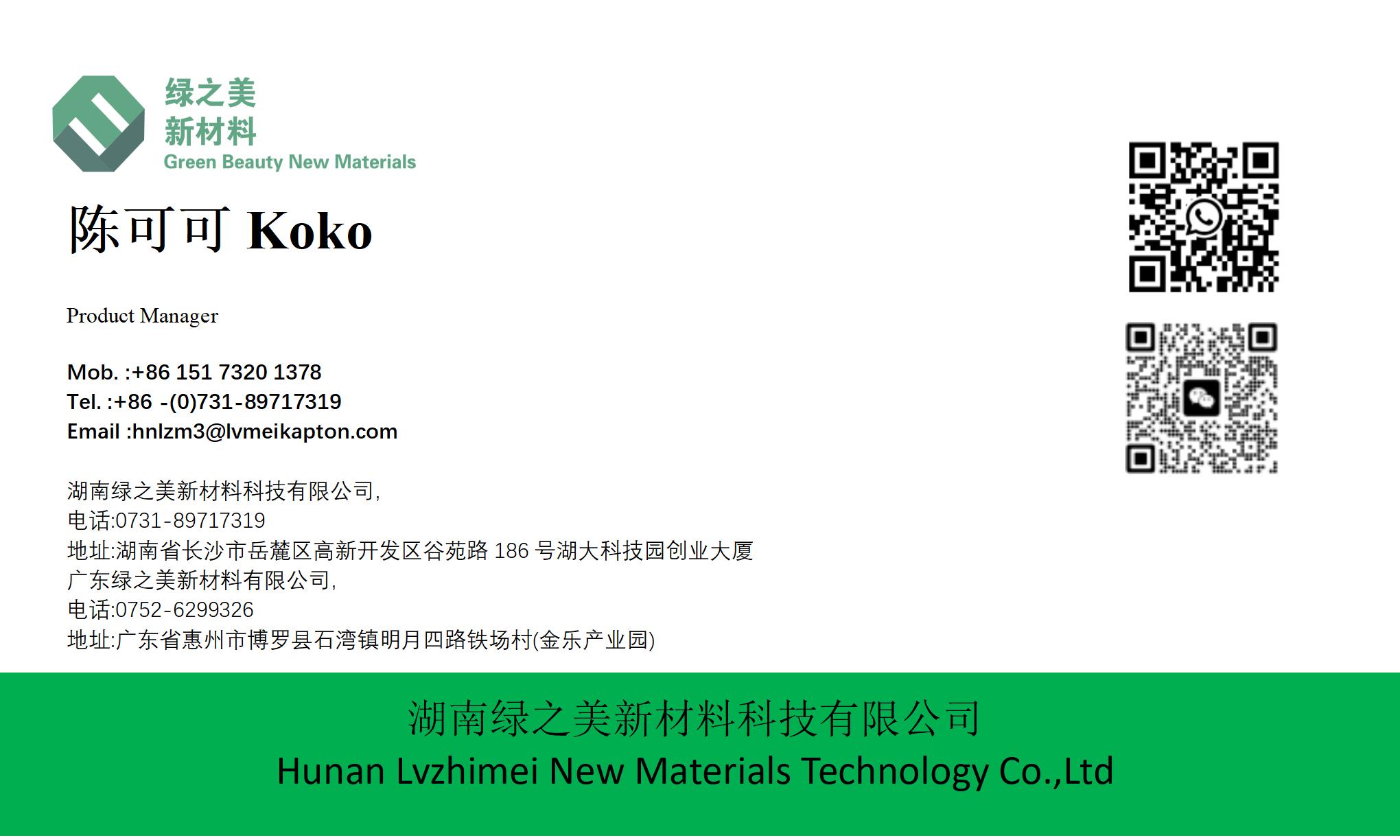hnlzm@lvmeikapton.com
+86 13787123465


Hunan Lvzhimei New Material Technology Co., Ltd.


NameDescriptionContent
Why Strong Adhesion and Blocking High Temperature Tape is Vital for Automotive Electronics|https://www.lvmeikapton.com/
Source:
|
Author:Koko Chan
|
Published time: 2025-05-09
|
34 Views
|
Share:
In the rapidly evolving landscape of automotive technology, electronic systems are subjected to increasingly严苛的环境al challenges, particularly in terms of temperature extremes and mechanical stress. From engine compartments operating at temperatures exceeding 150°C to battery packs enduring rapid thermal cycling, the reliability of electronic components hinges on the performance of specialized tape solutions. Strong Adhesion and Blocking High Temperature Tape (SABHTT) has emerged as a linchpin technology, providing critical insulation, thermal management, and long-term durability in these demanding applications. This article delves into the technical imperative behind SABHTT, exploring its material properties, application advantages, and industry-specific use cases.
Why Strong Adhesion and Blocking High Temperature Tape is Vital for Automotive Electronics
IntroductionIn the rapidly evolving landscape of automotive technology, electronic systems are subjected to increasingly严苛的环境al challenges, particularly in terms of temperature extremes and mechanical stress. From engine compartments operating at temperatures exceeding 150°C to battery packs enduring rapid thermal cycling, the reliability of electronic components hinges on the performance of specialized tape solutions. Strong Adhesion and Blocking High Temperature Tape (SABHTT) has emerged as a linchpin technology, providing critical insulation, thermal management, and long-term durability in these demanding applications. This article delves into the technical imperative behind SABHTT, exploring its material properties, application advantages, and industry-specific use cases.
1. The Thermal Gauntlet: Automotive Electronics’ Harsh Environment
Modern vehicles integrate sophisticated electronics across diverse subsystems, including powertrain control, battery management, and sensor networks. These components face two primary thermal challenges:
●
Operating Temperature Extremes: Engine compartments can reach 150-200°C during operation, while battery cells may experience thermal spikes during charging or high-load scenarios.
●
Thermal Cycling: Repeated heating and cooling cycles (e.g., daily driving) accelerate material degradation, particularly for traditional insulation tapes with limited temperature resistance.
Data Highlight: According to a study by the Automotive Electronics Council (AEC-Q200), electronic failures increase by 20% for every 10°C rise above 125°C. SABHTT, with its ability to withstand temperatures up to 300°C (as per PI tape specifications), bridges this reliability gap.
2. The Dual Imperative: Strong Adhesion vs. Thermal Blocking
SABHTT’s efficacy stems from two interdependent properties:
2.1 Strong Adhesion: Ensuring Mechanical IntegrityIn automotive environments, vibrations, shock loads, and thermal expansion can dislodge inadequately adhered tapes. PI tapes, featuring a silicone adhesive layer with 585g/25mm adhesion strength (±5%), provide:
●
Secure Bonding: Adheres firmly to metals, plastics, and composites used in automotive connectors and circuit boards.
●
Dimensional Stability: Maintains adhesion integrity even under thermal cycling (up to 300°C) and mechanical stress.
2.2 Thermal Blocking: Safeguarding Component LifespanBeyond adhesion, SABHTT’s thermal barrier function mitigates heat-induced failures through:
●
Direct Heat Insulation: Materials like Kapton (PI) exhibit high thermal resistance (Class H insulation, 6000 KV), preventing heat transfer to sensitive components.
●
Thermal Bridge Mitigation: By creating an insulative barrier between hotspots (e.g., motor coils) and adjacent electronics, SABHTT reduces thermal stress on circuits.
Example: In electric motor assemblies, PI tape’s 300°C resistance combined with PET’s adhesive flexibility (as noted in LVMEIKAPTON studies) enables thermal gap bridging, enhancing overall motor insulation and longevity.
3. Application Domains: Where SABHTT is Indispensable
3.1 Battery Pack Thermal ManagementLi-ion battery packs, operating optimally at 20-40°C, rely on SABHTT for:
●
Cell-to-Cell Insulation: Preventing short circuits and heat propagation between cells.
●
Thermal Buffering: Shielding control modules from battery-generated heat.
3.2 Engine Control Unit (ECU) ProtectionECUs, located near engine heat sources, utilize SABHTT to:
●
Isolate wiring harnesses from radiant heat (up to 200°C).
●
Maintain adhesive integrity despite oil, grease, and vibration exposure.
3.3 Sensor and Connector SealingIn harsh environments (e.g., underbody sensors), SABHTT’s:
●
Chemical resistance (耐腐蚀性, per Teflon tape specs) withstands exposure to road salt and brake fluids.
●
UV and static protection preserves signal integrity.
4. Selecting the Optimal SABHTT Solution
Effective implementation requires matching tape properties to application demands:
Property | Key Considerations |
Temperature Range | Choose PI tape for >200°C applications; PET-based variants for 150-200°C scenarios. |
Adhesion Strength | Prioritize tapes with ≥500g/25mm adhesion for high-vibration zones (e.g., engine bay). |
Chemical Exposure | Opt for Teflon-coated SABHTT in fuel system components to resist gasoline and coolant corrosion. |
Conclusion
As automotive electronics evolve toward higher power densities and compact designs, Strong Adhesion and Blocking High Temperature Tape (SABHTT) serves as a technological cornerstone. By combining robust adhesion, thermal resilience, and environmental durability, SABHTT not only mitigates failures but also enables the design of更安全,更可靠的车辆电子系统. From battery thermal management to engine compartment protection, its applications underscore its indispensable role in the future of automotive electrification



Hunan Lvzhimei New Material Technology Co., Ltd.
Quick Links
Product Categories
© 2024 Hunan Lvzhimei New Material Technology Co., Ltd.All Rights Reserved. Designed by Erge
0731 - 89717319
hnlzm@lvmeikapton.com
+86 13787123465
Room 502, Chuangye Building, No186, Guyuan Road, High-Tech District, Changsha, Hunan, China
CONTACT



